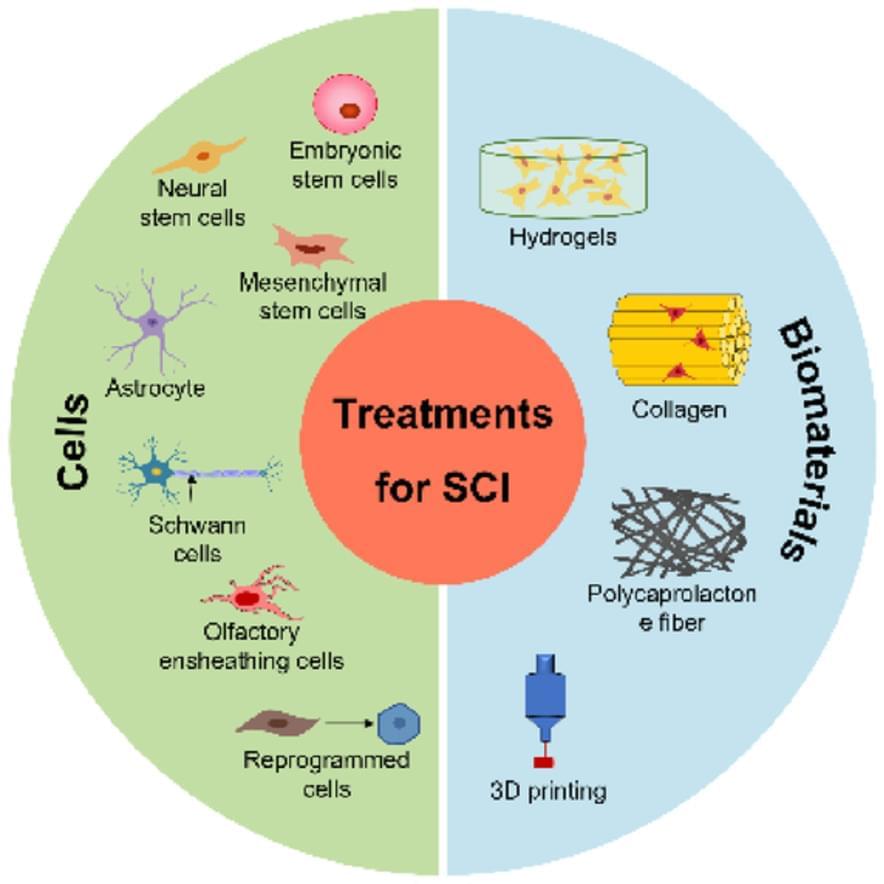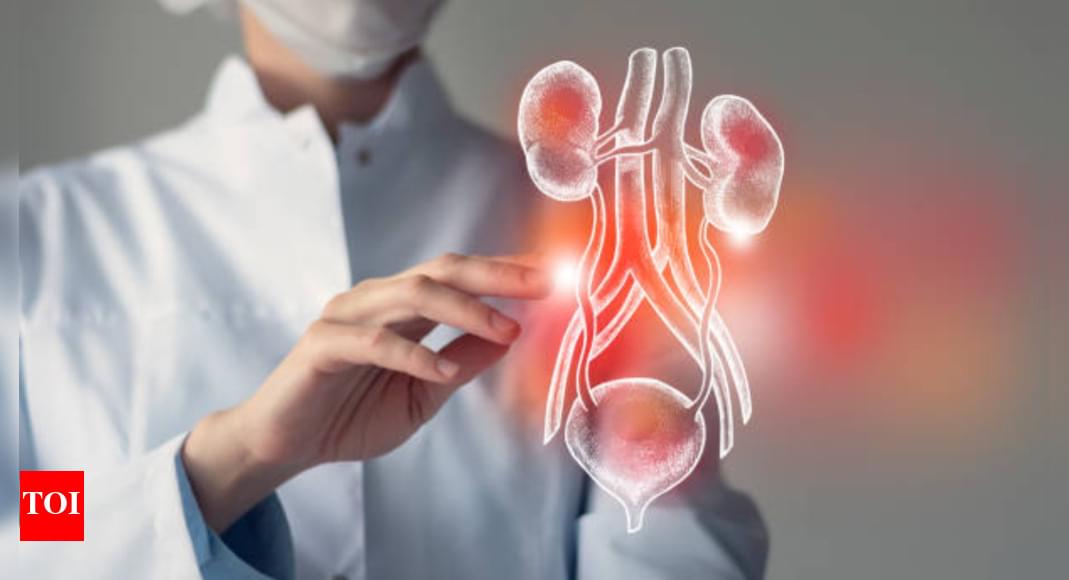A new machine learning method has achieved what even AlphaFold cannot — the design of intrinsically disordered proteins (IDPs), the shape-shifting biomolecules that make up nearly 30% of all human proteins.



Scientists have discovered that disrupted breathing during sleep, particularly conditions like sleep apnea, creates a measurable cascade of brain changes that predicts cognitive decline with startling accuracy.
Recent research analyzing over one million health records found that people with sleep-disordered breathing face between 1.3 and 5.11 times higher risk of developing various forms of dementia, depending on the specific condition.
The most dramatic finding: those with documented sleep breathing problems showed dementia risk ratios that peaked above five-fold for certain neurodegenerative diseases.

Spinal cord injury (SCI) imposes a significant physical, social, and economic burden on millions of patients and their families worldwide. Although medical and surgical care improvements have decreased mortality rates, sustained recovery remains constrained. Cell-based therapies offer a promising strategy for neuroprotection and neuro-regeneration post-SCI. This article reviews the most promising preclinical approaches, encompassing the transplantation of embryonic stem cells (ESCs), mesenchymal stem cells (MSCs), neural stem cells (NSCs), oligodendrocyte progenitor cells (OPCs), Schwann cells (SCs), and olfactory ensheathing cells (OECs), along with the activation of endogenous pluripotency cell banking strategies. We also outline key ancillary strategies to enhance graft cell viability and differentiation, such as trophic factor assistance, engineered biomaterials for supportive scaffolds, and innovative methods for a synergistic effect in treatment, including promoting neuronal regeneration and reducing glial scars. We highlight the key aspects of SCI pathophysiology, the fundamental biology of cell treatments, and the advantages and limitations of each approach.
There are several approaches to treating spinal cord injuries that show great promise: Cellular therapies, which utilize a range of cells such as embryonic, neural, and mesenchymal stem cells, along with astrocytes, Schwann cells, olfactory ensheathing cells, and reprogrammed cells; The use of innovative biomaterials, including hydrogels, collagen, polycaprolactone fibers, and advanced 3D-printing technologies, provides valuable support for tissue repair.

Cellular senescence has gradually been recognized as a key process, which not only inhibits the occurrence of early tumors but also promotes advanced malignant progression through secretory and immunomodulatory functions. Initially, cellular senescence manifested as irreversible cell cycle arrest, but now it encompasses a broader phenotype regulated by the p53-p21CIP1 and p16INK4A-Rb pathways. Although secretory phenotypes related to aging can recruit immune effectors to clear new tumor cells, persistent senescent cell populations often trigger chronic inflammation, promoting immune escape and fibrosis. In this review, we first discuss the molecular underpinnings of cellular senescence, highlighting its induction pathways and diverse physiological or pathological roles. We then examine the composition of the tumor microenvironment, where senescent cells accumulate and secrete pro-inflammatory cytokines, reshaping immune surveillance and extracellular matrix architecture. Against this backdrop, we explore how aging clocks refine our understanding of individual susceptibility to malignancy by distinguishing biological from chronological aging. We also present current therapeutic prospects, including senolytic agents targeting senescent stromal cells that promote tumor growth, and the utilization of aging clock metrics to tailor immunotherapies more effectively for older patients. Finally, we consider the major challenges facing clinical translation, from standardizing multi-omics data pipelines to clarifying the ethical implications of measuring biological age. By bridging senescence biology with geroscience and cutting-edge oncology, we posit that aging clocks may catalyze a transformation in cancer care, enabling more personalized, effective, and age-conscious treatment strategies.



Join us on Patreon! https://www.patreon.com/MichaelLustgartenPhD
Discount Links/Affiliates:
Blood testing (where I get the majority of my labs): https://www.ultalabtests.com/partners/michaellustgarten.
At-Home Metabolomics: https://www.iollo.com?ref=michael-lustgarten.
Use Code: CONQUERAGING At Checkout.
Clearly Filtered Water Filter: https://get.aspr.app/SHoPY
Epigenetic, Telomere Testing: https://trudiagnostic.com/?irclickid=U-s3Ii2r7xyIU-LSYLyQdQ6…M0&irgwc=1
Use Code: CONQUERAGING
NAD+ Quantification: https://www.jinfiniti.com/intracellular-nad-test/

The CRISPR gene editing system holds tremendous promise. It has already revolutionized biomedical research by making gene editing a straightforward process. It involves using a guide RNA molecule that has a unique sequence, which matches with a target location in genomic DNA. This guide RNA brings an enzyme called Cas9 to that genetic location, where Cas9 makes a cut in the DNA. Scientists have been modifying and improving on the CRISPR technique since it was created. Many of those improvements are related to the Cas9 enzyme, and ensuring that it makes the proper cut in the correct place.